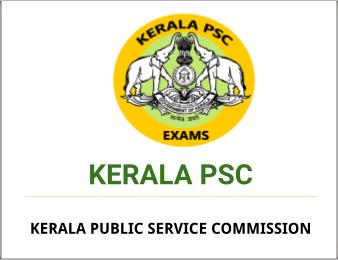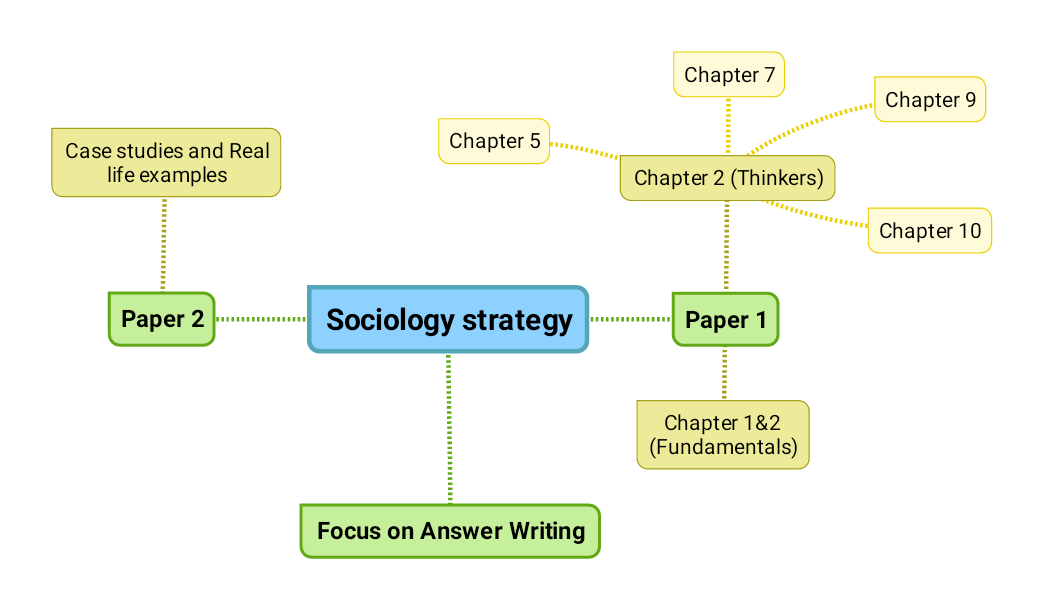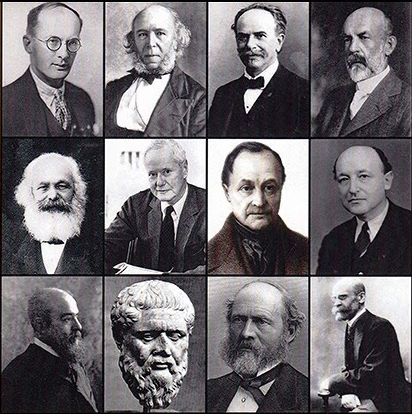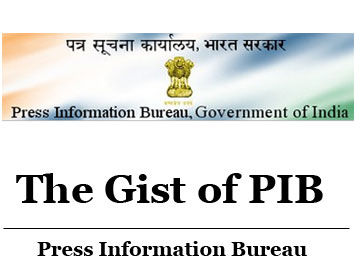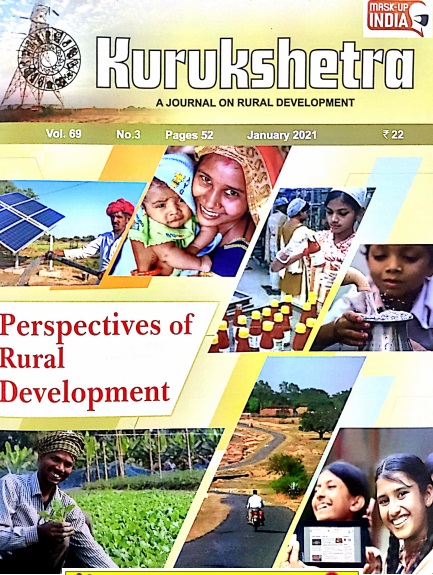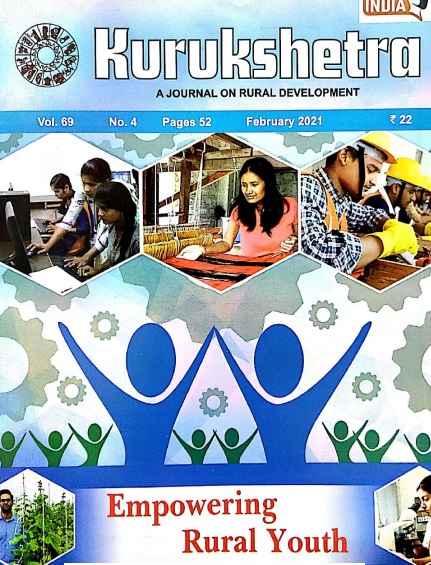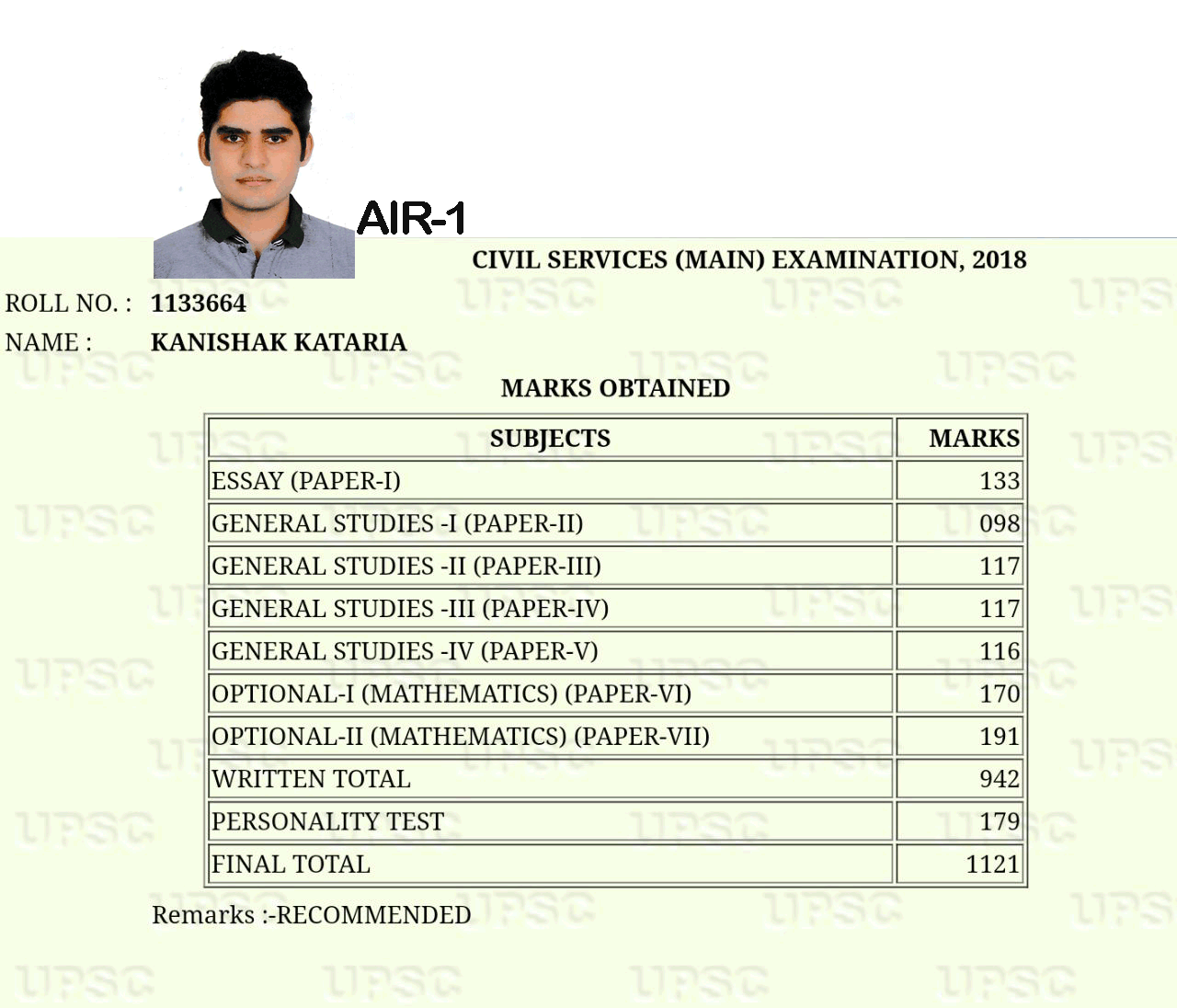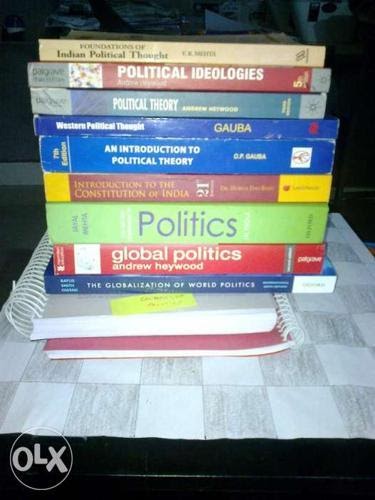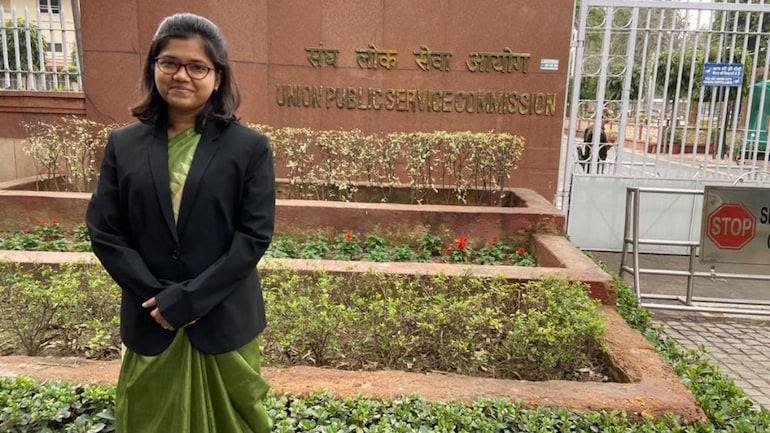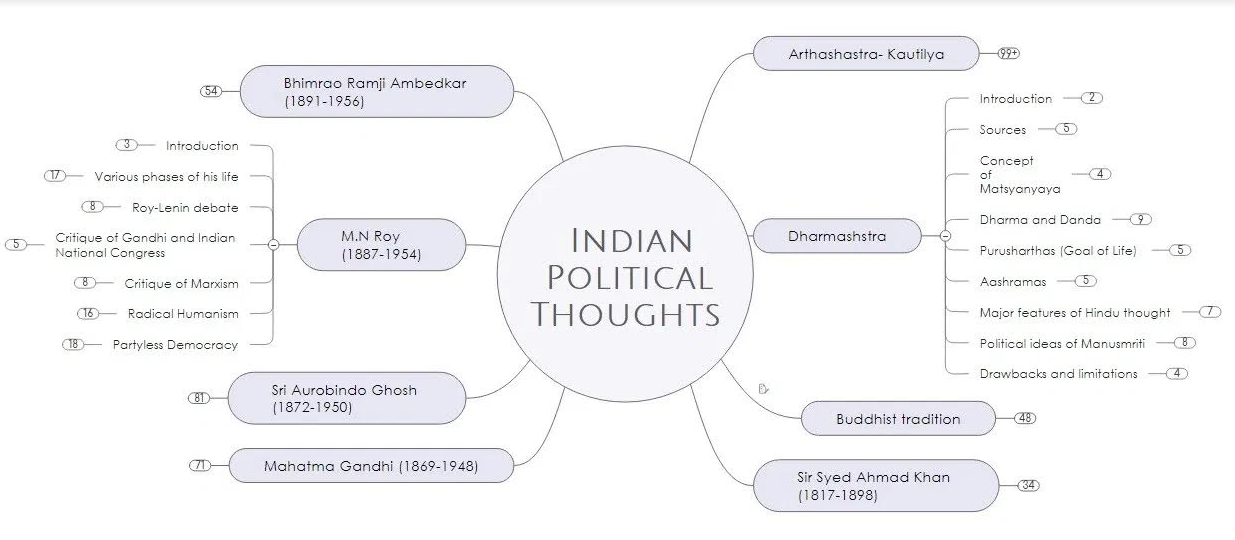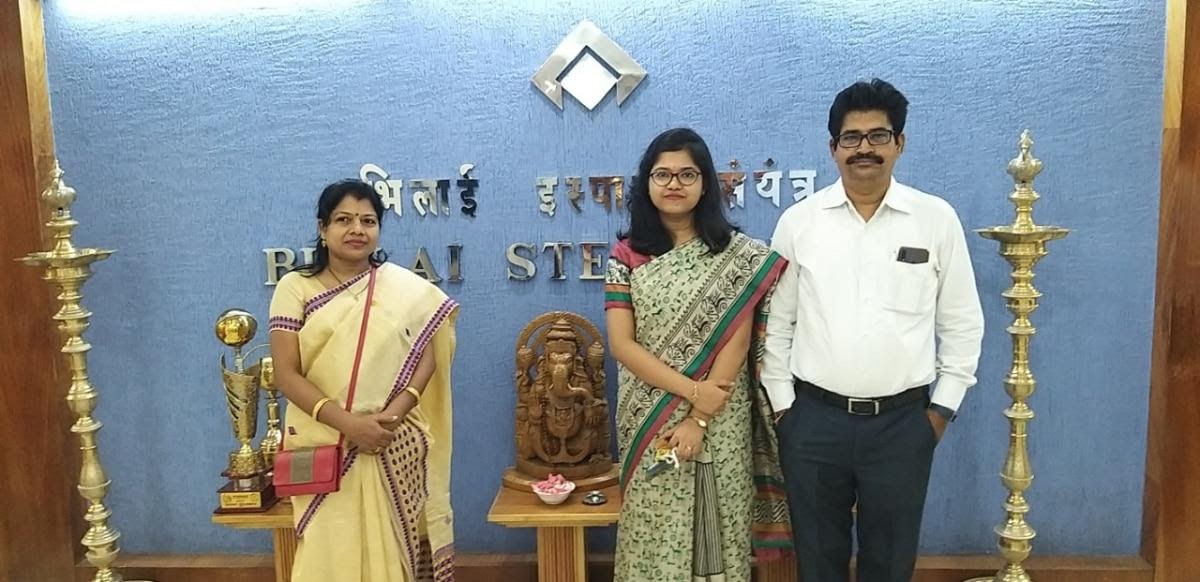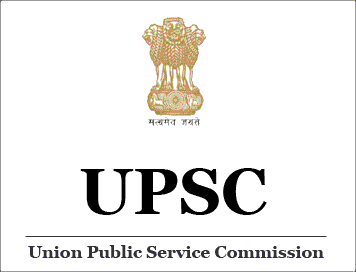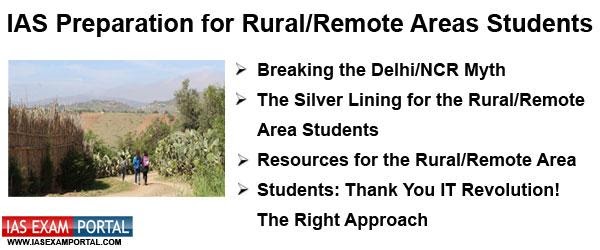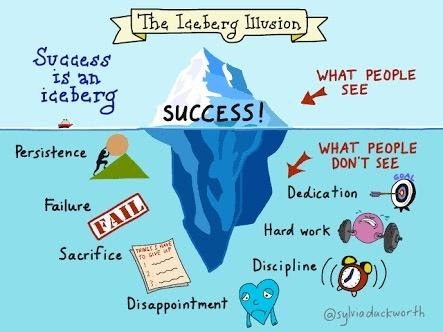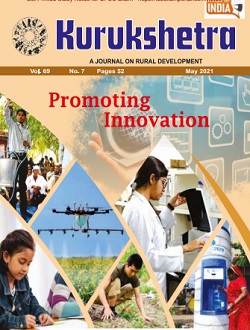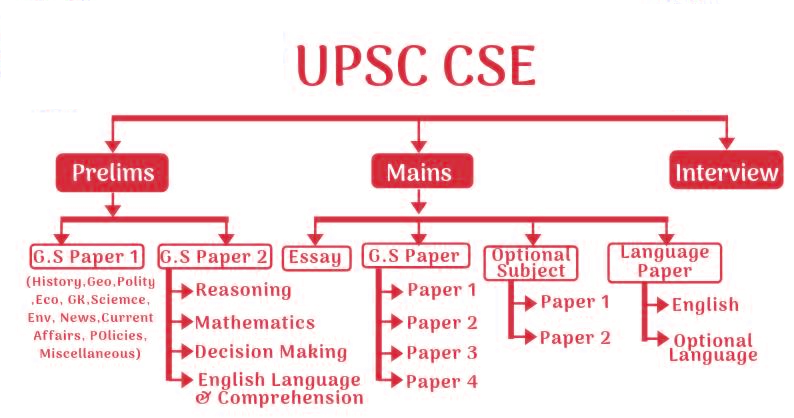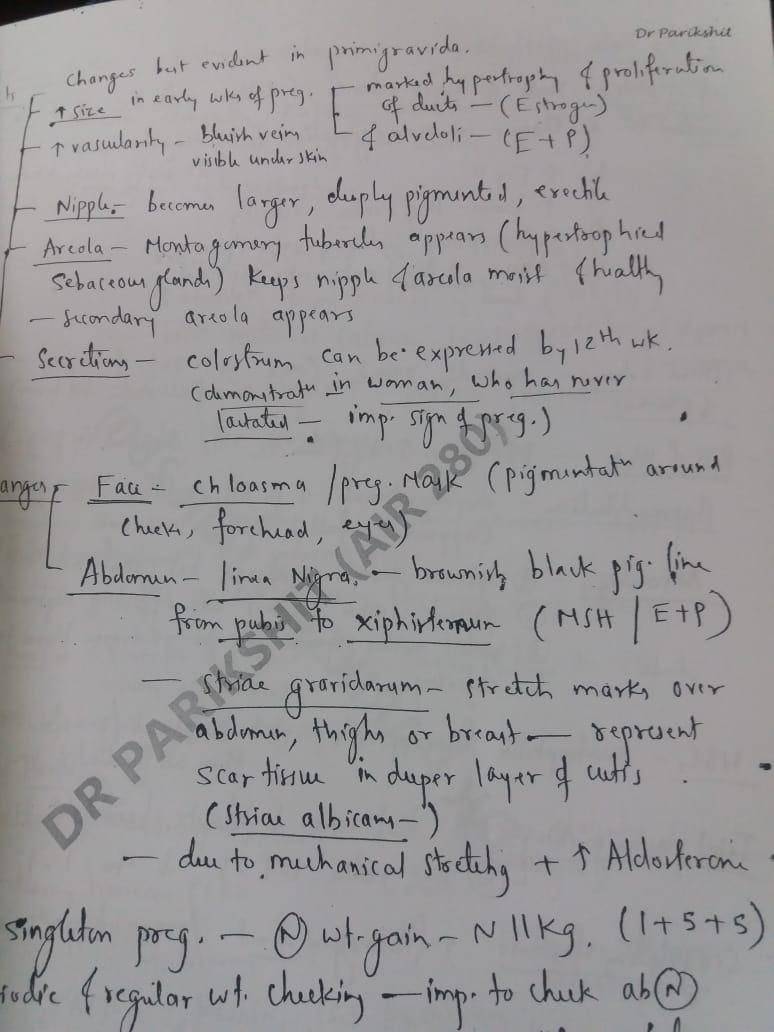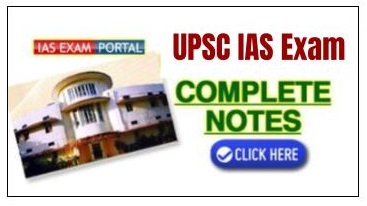
Sample Material of Current Public Administration Magazine
1. Accountability and Responsibility
-
Does India even need a Parliament?
A veteran Member of Parliament, not from the treasury benches, asked a pertinent and provocative question recently: Does India even need a Parliament?
The central and state legislatures over the decades have diminished themselves both by their conduct and the hara kiri that was committed in terms of legislating the onerous provisions of the 10th Schedule of the Indian Constitution colloquially known as the Anti-Defection Law.
There was a time, even till the early 1980s, when Parliament, notwithstanding the odd aberration, distinguished itself as a chamber for both profound debate and high eloquence on matters of national concern and beneficial legislation. An MP knew his vote mattered and therefore there was an incentive to participate in making better laws for the country or even holding his own government to account if the need arose. The best example of that was Feroze Gandhi, who was the Nehru government’s greatest bete noire in the 1950s.
2. Indian Government and Politics
-
With end of Articles 370 and 35 (A), there’s peace, hope and democracy in J&K
Two years ago, India bid farewell to Articles 370 and 35 (A), marking the start of a new era in the politics of Jammu and Kashmir. When the decision on 370 and 35 (A) was taken, there was happiness in most people, some experienced shock and a few felt apprehensive about the direction in which things would go. Two years later, it is important to assess whether Jammu and Kashmir is better placed than it was before August 5, 2019.
The first parameter is that of national unity. Articles 370 and 35 (A) created an unnatural and unhealthy divide in our nation. For every law passed, every rule made, we had to ascertain whether it applied to J&K or not. Today, such distinctions are history. J&K has been fully integrated with the other states and Union Territories.
CLICK HERE FOR FULL ARTICLE (Only for Course Members)
3. Social Administration
-
Why reservation for OBCs in medical education is long overdue
With the central government announcement of 27 per cent reservation for Other Backward Classes (OBC), and 10 per cent for Economically Weak Section (EWS) reservation in medical and dental seats, there is a lament over the loss of merit. Voices against reservation have been growing louder since the implementation of the Mandal Commission recommendations in the 1990s and 2006. In the current debate over reservation, most upper-caste commentators have conveniently missed out on analysing the EWS quota. In this background, it is important to understand the significance of the reservation policy and the status of OBCs in higher education.
OBCs comprise 52 per cent of India’s population and have historically suffered social and educational backwardness. It is a heterogeneous category that includes peasant, artisan, service castes, among others, as well as several nomadic tribes. The Mandal Commission report recognised “caste as the main factor” in the backwardness of the OBCs. Such deep-rooted structural inequalities necessitate affirmative action from the state. With Independence, SCs and STs got the benefit of reservation policy, while OBCs had to wait until 2008 for the implementation of reservations in higher education.
CLICK HERE FOR FULL ARTICLE (Only for Course Members)
4. Current Topic
-
Why the collegiums system, while the best for judicial appointments, needs course corrections
Lord Denning said, “Every judge, in a sense, is on trial to see that he does his job honestly, and properly”, and that “justice is rooted in confidence, and confidence is destroyed when right-minded people go away thinking that the judge is biased”. It goes to the credit of our earlier judges, though appointed by the state, that they administered justice judicially, and with the requisite detachment within the rule of law.
The situation, however, changed with Indira Gandhi assuming office. In the matter of appointment of judges, political philosophy, and the political leaning of a candidate became a major consideration. And then came the Emergency. Judges were put to test in the matter of ADM Jabalpur, and barring one brave exception, the judges failed the Constitution, and thus the nation. They just forgot, nay ignored, the words of Lord James Mansfield in Rex versus Wilkes: “The constitution does not allow reasons of State to influence our judgments: God forbid it should! We must not regard political consequences; how formidable soever they might be: If rebellion was the certain consequence, we are bound to say ‘fiat justitia, ruat caelum’, meaning, let justice be done though the heaven falls.”
CLICK HERE FOR FULL ARTICLE (Only for Course Members)
5. Indian Administration
-
Right to be Forgotten: Privacy vs Freedom
Recently, the petition filed before the Delhi High Court by Ashutosh Kaushik wherein he claims that he is suffering reputational harm due to old news stories on incidents from his past such as a drunk driving case in 2009 and a brawl in 2013 has been in the news. The legal basis on which he is demanding that these videos and stories be de-listed or taken down is the right to be forgotten (RTBF).
This has presented a unique opportunity for the court to engage in a detailed analysis of RTBF and evolve a mechanism for balancing the conflicting rights of privacy and freedom of expression.
Individuals in the European Union (EU) have the right to demand that search engines like Google delist certain types of personal information about them that is false, inaccurate, outdated, excessive, irrelevant, inadequate, or taken out of context after the Court of Justice of the European Union’s (CJEU) decision in the landmark case of Google Spain v Costeja.
As to the discussion of RTBF in the Indian context, Justice Kishan Kaul’s opinion in Puttaswamy v. Union of India noted that the right to be forgotten was a part of the broader right of privacy.

